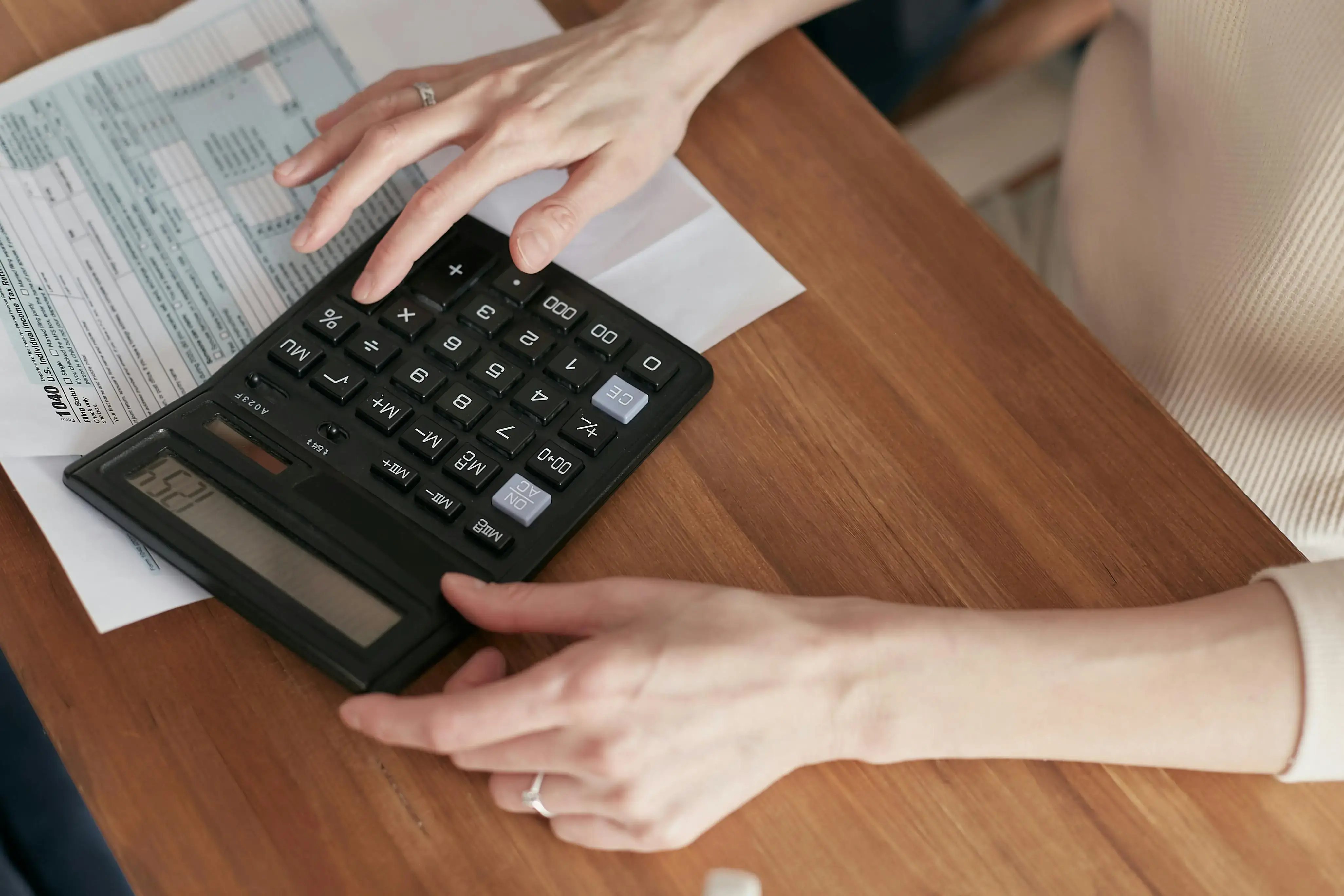
Kudos has partnered with CardRatings and Red Ventures for our coverage of credit card products. Kudos, CardRatings, and Red Ventures may receive a commission from card issuers. Kudos may receive commission from card issuers. Some of the card offers that appear on Kudos are from advertisers and may impact how and where card products appear on the site. Kudos tries to include as many card companies and offers as we are aware of, including offers from issuers that don't pay us, but we may not cover all card companies or all available card offers. You don't have to use our links, but we're grateful when you do!
491 Credit score: What You Need to Know in 2025
July 1, 2025


TL;DR
A 491 credit score is a starting point that falls into the "Poor" FICO score category, offering a clear path for financial improvement. Think of this score not as a setback, but as a foundational baseline from which you can build a stronger credit history and unlock better financial opportunities.
What Does a 491 Credit Score Mean?
A credit score of 491 falls squarely into the "poor" category on the FICO Score range of 300 to 850. Lenders view a score this low as a sign of high risk, making it difficult to qualify for new credit like loans or credit cards. If you are approved, you'll likely face unfavorable terms, including significantly higher interest rates. This makes borrowing money much more expensive and limits your financial flexibility.
While a 491 score presents considerable obstacles, it doesn't have to be a permanent setback. It's a clear indicator of your current credit health, highlighting areas needing attention. Understanding the factors that led to this score is the crucial first step on the path toward rebuilding your credit and unlocking better financial opportunities down the road.
Who Has a 491 Credit Score?
While age isn't a direct factor in calculating your credit score, there are clear trends in the average credit scores by generation. Data from 2023 shows that, generally, the older the age group, the higher the average FICO score.
- Generation Z (ages 18-26): 680
- Millennials (ages 27-42): 690
- Generation X (ages 43-58): 709
- Baby Boomers (ages 59-77): 745
- Silent Generation (ages 78+): 760
Credit Cards With a 491 Credit Score
A credit score of 491 falls into the "poor" credit range, which can significantly hinder your ability to qualify for most credit cards. Lenders view this score as an indicator of high risk, making them hesitant to extend a line of credit. While approval isn't impossible, you'll likely face less favorable terms, such as higher interest rates and lower credit limits, compared to applicants with better credit.
Kudos offers an AI-powered Explore Tool that personalizes recommendations based on your answers to a simple quiz about your financial needs and preferences. This allows the tool to match you with suitable options from its database of nearly 3,000 cards, increasing your chances of finding a card that fits your credit profile.
Auto Loans and a 491 Credit Score
A credit score of 491 places you in the deep subprime category, which can make securing an auto loan challenging. While approval may still be possible, you will likely face significantly higher interest rates and less favorable loan terms according to 2025 auto loan data.
- Super-prime (781-850): 5.25% for new cars and 7.13% for used cars
- Prime (661-780): 6.87% for new cars and 9.36% for used cars
- Non-prime (601-660): 9.83% for new cars and 13.92% for used cars
- Subprime (501-600): 13.18% for new cars and 18.86% for used cars
- Deep subprime (300-500): 15.77% for new cars and 21.55% for used cars
Mortgages at a 491 Credit Score
With a 491 credit score, your mortgage options are severely limited. Most conventional, jumbo, and even standard government-backed loans are out of reach. According to current mortgage requirements, your most realistic path is an FHA loan, which accepts scores as low as 500. However, you will be required to provide a down payment of at least 10% to qualify.
Beyond the high down payment, a 491 score significantly impacts your loan terms. You will face higher interest rates and fees, and your application will undergo a stricter manual underwriting process. Lenders will closely examine your income, debts, and overall financial stability to offset the risk associated with a low credit score, potentially limiting the amount you can borrow.
What's in a Credit Score?
Figuring out what goes into your credit score can feel like trying to solve a complex puzzle, but it generally boils down to a handful of key elements. The most common factors include:
- Your history of making payments on time is the most significant factor.
- How much of your available credit you're currently using, known as your credit utilization ratio, plays a major role.
- The age of your credit accounts, including the average age and the age of your oldest account, is also considered.
- Lenders like to see that you can responsibly manage different types of credit, such as credit cards and loans.
- Opening several new credit accounts in a short period can be seen as a risk and may temporarily lower your score.
How to Improve Your 491 Credit Score
Don't let a 491 credit score discourage you; improving your credit is entirely possible with the right approach. There are several proven methods you can use to build a healthier credit profile, with many people seeing meaningful changes in just a few months of consistent positive behavior.
- Monitor your credit reports regularly. Errors and inaccuracies can unfairly lower your score, and regularly checking your reports allows you to spot and dispute them quickly. This ensures your score is an accurate reflection of your credit history, not weighed down by mistakes.
- Establish automatic bill payments. Your payment history is the most significant factor in your credit score, and even one late payment can be very damaging. Automating payments is a simple way to guarantee you never miss a due date, which is a critical step toward rebuilding your credit.
- Reduce your credit utilization ratio. High balances on credit cards signal risk to lenders and can significantly lower your score. Focus on paying down your existing debt to keep your utilization ratio below 30% for a potential score boost.
- Apply for a secured credit card. For those with damaged credit, a secured card is an excellent tool for rebuilding a positive payment history. Because it's backed by a cash deposit, it's often easier to get approved for than a traditional unsecured card.
Let Kudos help you manage your cards and monitor your score as you work to improve your credit.
Unlock your extra benefits when you become a Kudos member

Turn your online shopping into even more rewards

Join over 400,000 members simplifying their finances

Editorial Disclosure: Opinions expressed here are those of Kudos alone, not those of any bank, credit card issuer, hotel, airline, or other entity. This content has not been reviewed, approved or otherwise endorsed by any of the entities included within the post.



































.webp)



.webp)



.webp)

